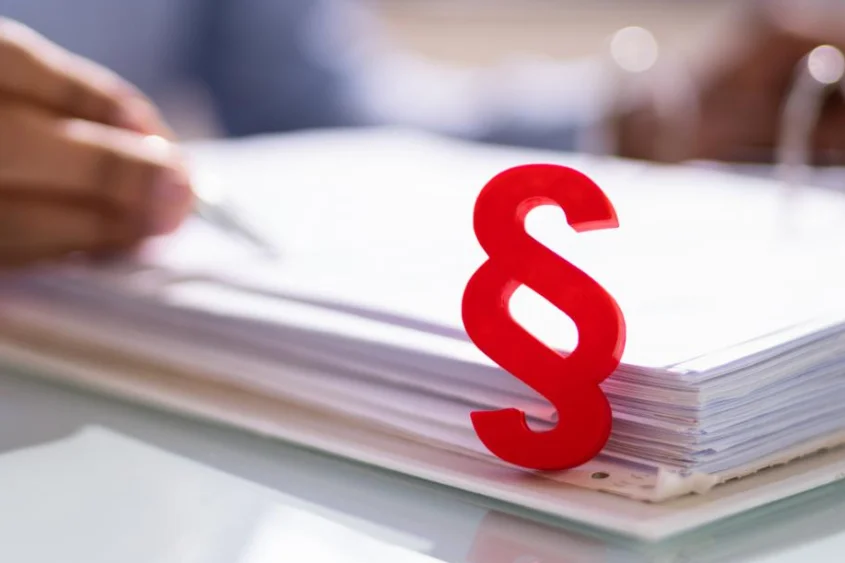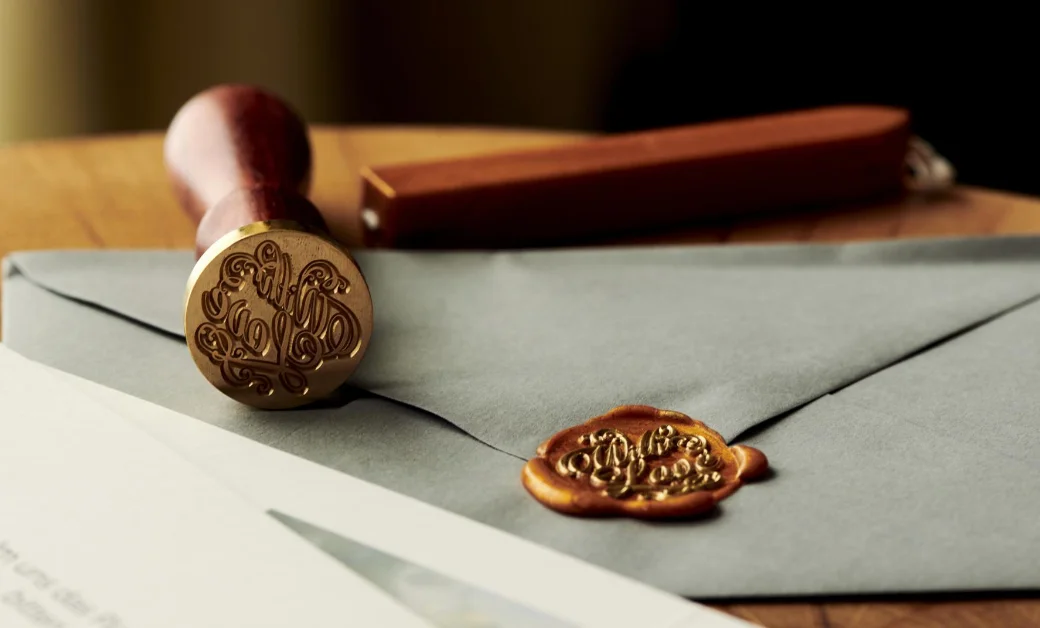How to Patent an Idea?
- August 9, 2017
- By admin
- Read 7 minutes
In this article, we will discuss about patenting an idea and whether and in what forms ideas can be patented.
Can you patent an idea or a concept?
Can you patent an idea? The quick and simple answer to the question is NO. You cannot patent an idea. It is true that an invention starts with an idea but not all ideas convert into inventions that are patentable.
It is important to understand the difference between an idea and an invention in order to understand the core concept of patents and get answers to many questions such as – What can be patented? What cannot be patented? How to patent an idea? How to get a patent on an idea? Can you patent an idea?
What is the difference between a simple idea and an invention?
Suppose you’ve got a million-dollar idea? You will have this question – how to patent an idea? But you’re not alone. There will be many more people who might have got similar ideas for next big apps or great products. Day to day activities spark new ideas. But it does not mean they all are patentable and can be called inventions. There are merely ideas and it takes a lot more than an idea floating around in your head to convert into an invention make patenting a reality.
You cannot simply patent concepts or ideas. A patent gives you legal rights to manufacture, use, and sell the product that has been patented. You will need to put a lot of effort in an idea to get it patented. It will require a lot of money. But there are some cost effective ways also to convert your ideas into patentable inventions and prepare patent drafting.
How to patent an idea?
The patenting of an idea or a concept involves the following steps.
Step 1: Develop the idea into a patentable invention.
Step 2: Keep a record of how you came up with the idea and how it evolved to a potentially patentable invention.
Step 3: Hire a patent firm.
Step 4: Prepare an invention disclosure.
Step 5: Conduct a prior art search.
Step 6: Prepare a patent draft. Read about how to prepare a patent draft.
Step 7: Make a prototype of your invention when you file for the patent application.
Step 8: Apply for a patent with respective patent office.
The actual patent application process can be quite expensive. Filing for a patent can cost anywhere between $5,000 to $8,000 for a simple application and over $20,000 to file a patent for complicated inventions. Startups or small sized companies may need to finance IP expenses by finding suitable partners or take loans. There are some companies, however, who can provide patent research and patent drafting at significantly reduced costs. You can contact Maxinov for all your high quality and low cost patent solutions.
Develop the idea into a patentable invention
A discussed above, it is important that you have a concrete invention in order to file a patent for it. Mere ideas cannot be patented. You should first develop the concept into a concrete invention that is potentially patentable. Meanwhile, you can run a quick patentability assessment around your idea to understand whitespaces and figure out the potential nature of patentable inventions around similar ideas. This gives a good start to developing the idea into a useful invention.
Research your idea well and make sure that it is eligible for patenting according to patent law of the given jurisdiction where the protection is desired. As discussed above, you can patent inventions, designs, and even some plants as long as your invention meets the patentability criteria.
Keep a record of how you came up with the idea and how it evolved to a potentially patentable invention
When you have an idea or a concept that you desire patent around, it is important that you keep a record of how you came up with the idea, how the idea got conceived, and it evolved from the original idea to an enhanced idea or an invention and maintain details for every step of the way.
A well-kept record of your invention will provide you with proof that the work you put into the idea is all yours and may potentially save you from infringement from others. Make sure to detail everything you have done including original ideation, corrections, enhancements, and improvements etc. Also, try to sign and date each entry and preferably get two reliable witnesses sign also on each entry.
Hire a patent firm or a patent attorney
You can pursue the patent application and filing process without an attorney on your own as an inventor. But going it alone is severely risky and may cause irrecoverable damages to your invention. In the worst case scenario, it may result in rejection from the patent office for reasons that might be easy to handle by an experienced professional or may become a public property (prior art). You’re required asked to put an incredible amount of effort and intellectual output into a field you may know little about. Therefore, it is recommended to hire a good patent firm or a patent agent/attorney and invest fairly in it to avoid any risks down the like.
Let us know if you would like Maxinov Patent Professionals to take up your work for patent research and patent preparation.
Patent professionals are experienced in the work and have an understanding of how the patent process works and can foresee future outcomes of different aspects of writing a patent application. This way you have someone who knows the ins and outs of patenting well.
Prepare an invention disclosure
Before you engage a patent firm, it is better to prepare a nicely written description of your invention. This is called invention disclosure. Keep updating it as and when you enhance the invention. This disclosure is very useful for attorneys and professionals down the line in preparing a quality patent draft.
Conduct a prior art search
Prior art search involves knowing what already exists. It helps define the scope of your invention for patentability purposes and also tells you whether your invention is patentability. Prior art search before filing an invention for the purpose of understanding patentability of the invention pr an idea is also called patentability assessment or patentability search simply.
Prior art searching may be too time-consuming, intricate and generally a pain, but it is the most important part of the patent process. A good prior art search or a patent search lays the foundation for a good patent.
Prepare a patent application draft
Once you know what part of your idea or invention is patentable, you can start writing a patent draft for the patent application. This process is called patent drafting. Patent drafting an complex techno-legal exercise which requires knowledge of the technology domain as well as the patent law of a particular jurisdiction. It is important that you shortlist a good patent writer for having your application draft prepared. A patent draft includes various sections such as a background, summary, description, claims etc. Different types of patent applications require different types of drafts.
Read more here about patent drafting.
Make a prototype of your invention when you file for the patent application
It is suggested that you create a prototype of the invention before filing for a patent. A model or a prototype clearly specifies all the features of your invention. It also provides you with something tangible that you can show to potential investors and licensees and to examiners particularly if there is a rejection on the grounds of abstract ideas.
You may also find any problems with your design early on time and can accommodate any changes in the patent application draft as well. The prototype development process may also bring certain features of your invention’s design to your attention that are themselves amazing, novel and patentable, which you might have skipped early.
Apply for a patent with respective patent office
The last step in patenting an idea that is patentable is to file the patent application. You can file your patent application yourself as an inventor, but the USPTO recommends that you use a Registered Attorney or Agent. You can file it electronically or by mail or by hand delivery. There is a good amount of extra fee if you file it non-electronically. Therefore, most applicants file applications electronically, thus avoiding a substantial “non-electronic filing fee,” which is about $400.
admin
Latest Blogs
Blog Categories
- Intellectual Property (IP) Strategy (83)
- Intellectual Property Asset Management (IPAM) (17)
- IP Monetization (4)
- IP News (7)
- Patent Drafting (2)
- Patent Litigation (6)
- Patent Prosecution (8)
- Patenting (18)









No comment yet, add your voice below!